Membrane Transporter/Ion Channel
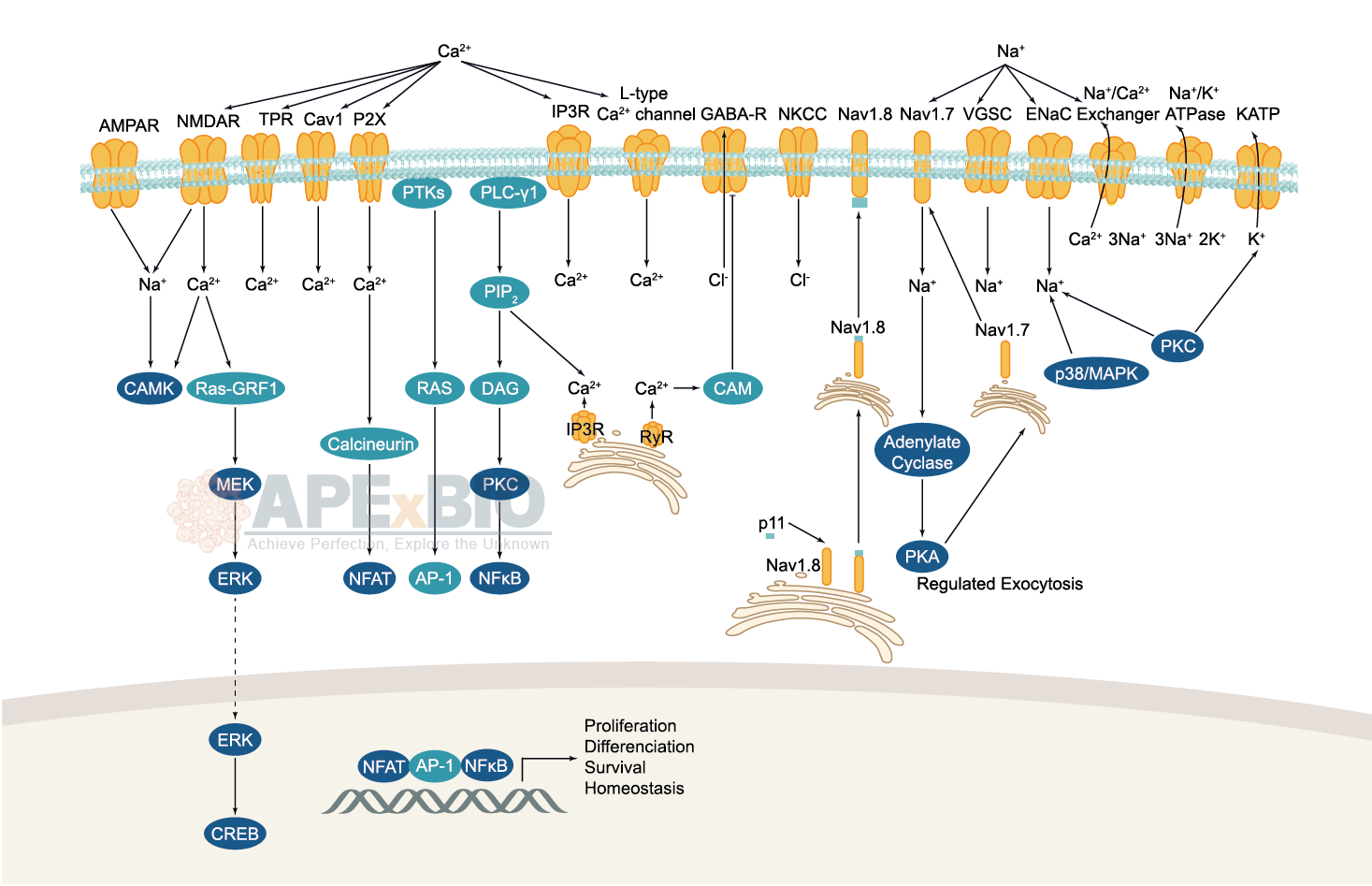

Membrane Transporters mediate the movement of ions and molecules via binding and moving the substance across the membrane. There are two main actions of transporter: facilitated diffusion (passive transport) and active transport. Membrane transporters which bind the hydrolysis of ATP to the transport of target molecules are referred to as ATPases. For instance, Na+,K+-ATPases or Na+,K+-pumps are responsible for the transport of Na+ out of and K+ into cells.
Ion channels are pore-forming membrane proteins which allow the flow of ions across the membrane. The ion channels can be broadly grouped into six families including calcium channels, chloride channels, potassium channels, sodium channels, gap junction proteins and porins. Not all ion channels are gated, such as certain type of K+ and Cl– channels, transient receptor potential superfamily of cation channels, the ryanodine receptors and the IP3 receptors, but most Na+, K+, Ca2+ and some Cl– channels are all gated by voltage. Ligand-gated channels are regulated in response to ligand binding (e.g. neurotransmitters signaling). These ligand-gated neurotransmitter receptors are known as ionotropic receptors. Various neurotransmitters couple to ionotropic receptors such as glutamate, acetylcholine, glycine, GABA, and serotonin.
-
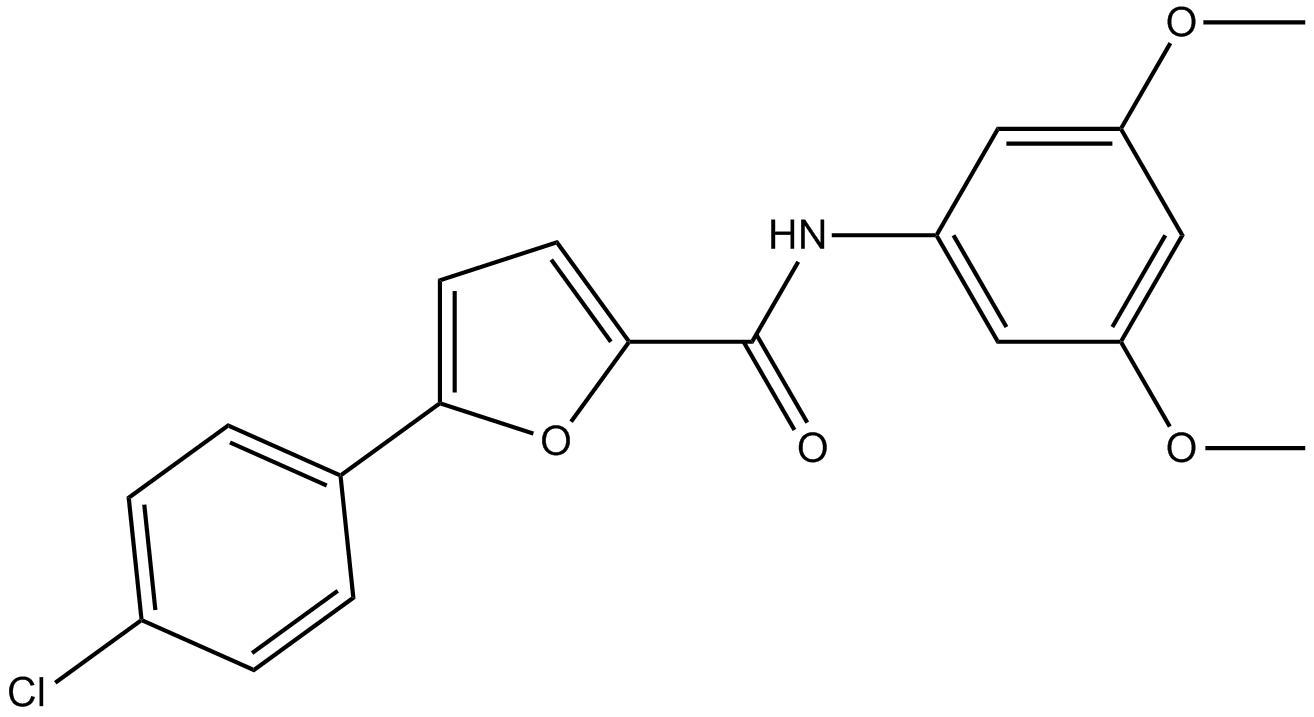 B2277 A-803467Target: Voltage-gated Sodium (NaV) ChannelsSummary: NaV1.8 channel blocker,potent and selective
B2277 A-803467Target: Voltage-gated Sodium (NaV) ChannelsSummary: NaV1.8 channel blocker,potent and selective -
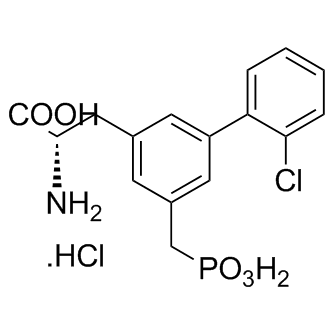 B1142 SDZ 220-581 hydrochlorideSummary: NMDA receptor antagonist
B1142 SDZ 220-581 hydrochlorideSummary: NMDA receptor antagonist -
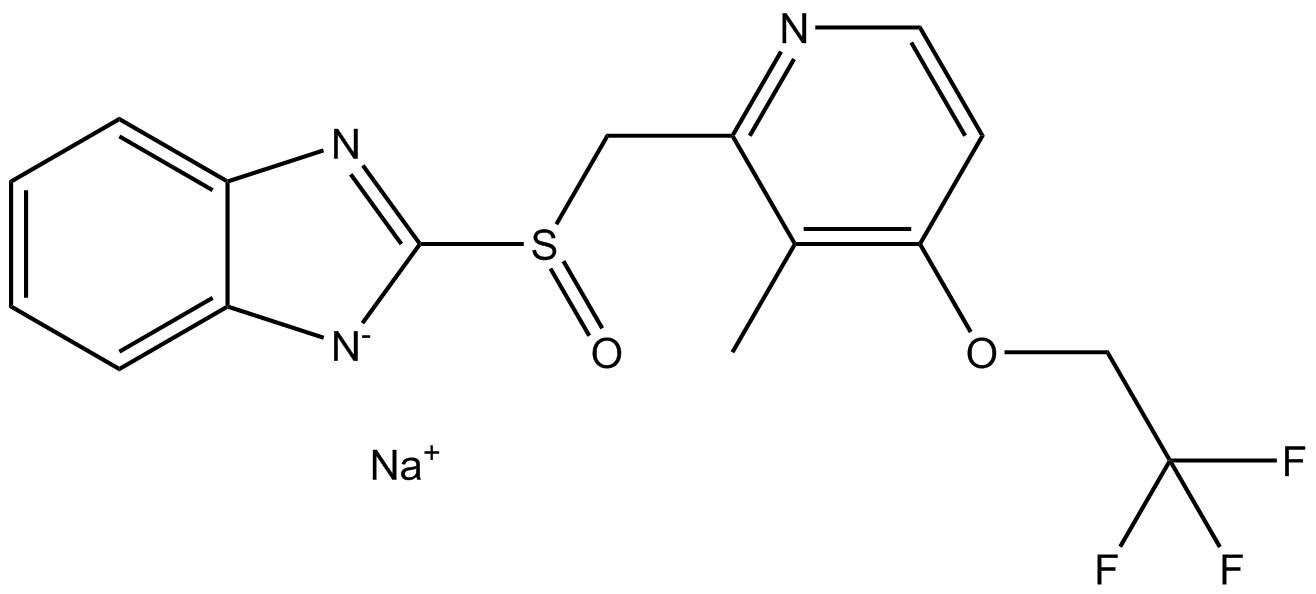 B1290 Lansoprazole sodiumSummary: PPI/cytochrome P450 inhibitor
B1290 Lansoprazole sodiumSummary: PPI/cytochrome P450 inhibitor -
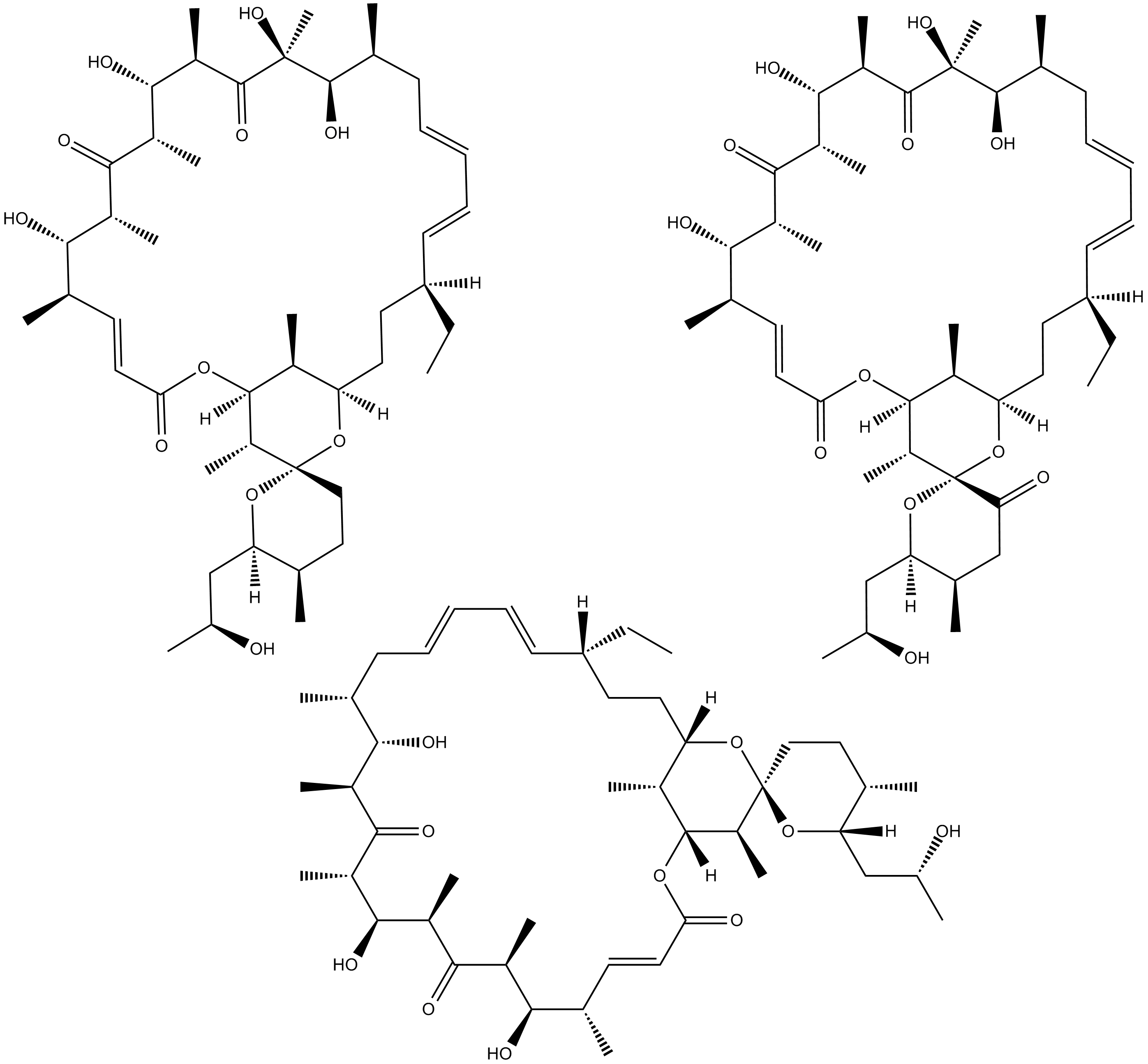 C3007 Oligomycin ComplexSummary: inhibits mitochondrial membrane-bound ATP synthases
C3007 Oligomycin ComplexSummary: inhibits mitochondrial membrane-bound ATP synthases -
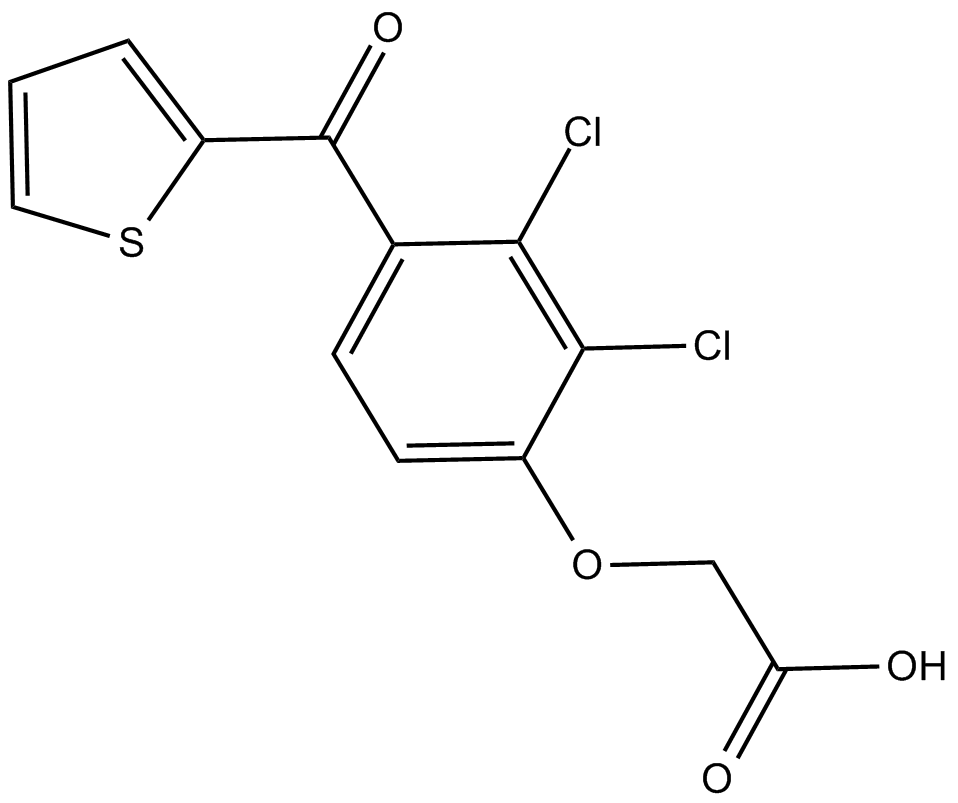 B7928 Tienilic Acid
B7928 Tienilic Acid -
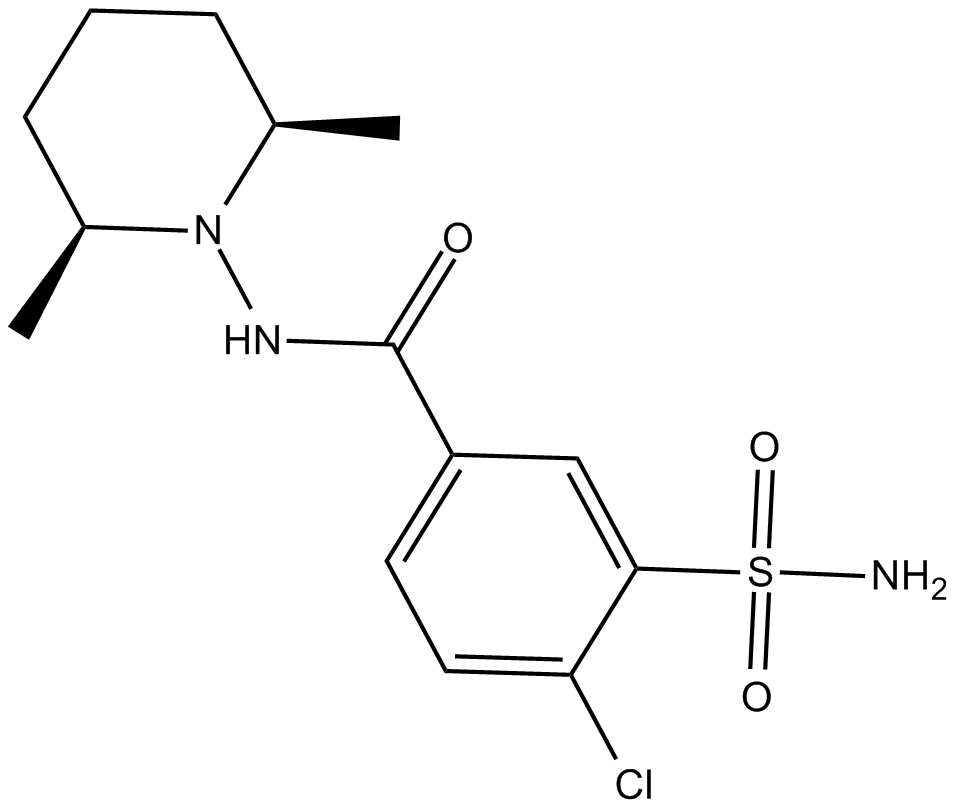 C3286 ClopamideSummary: sodium/chloride cotransporters inhibitor
C3286 ClopamideSummary: sodium/chloride cotransporters inhibitor -
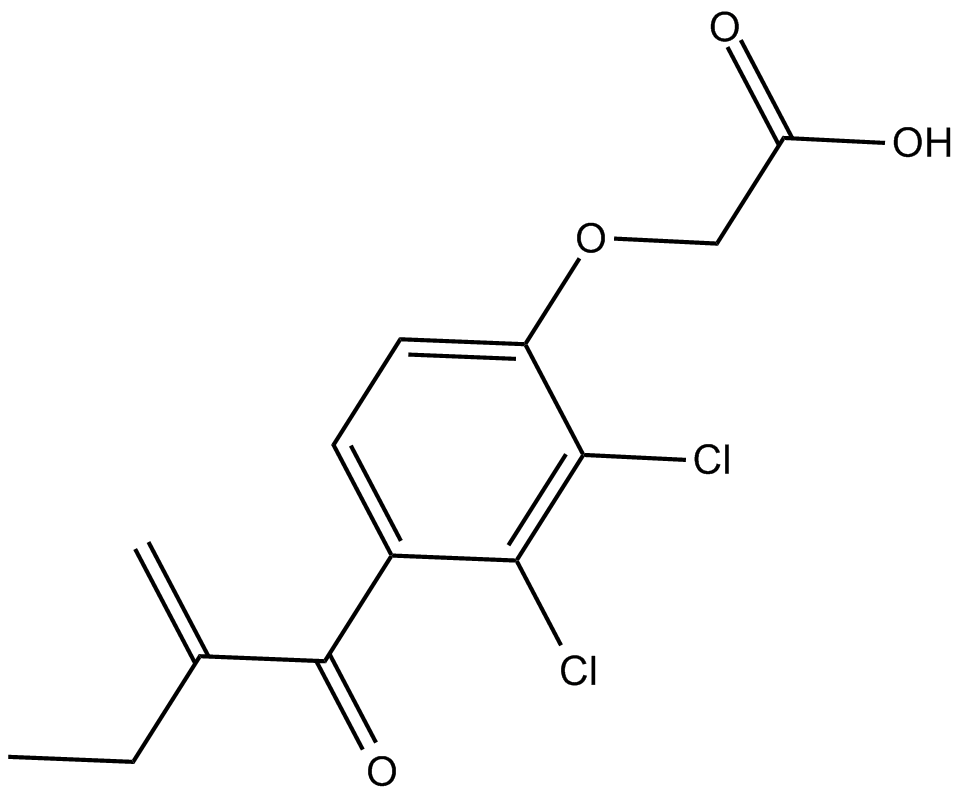 C4125 Ethacrynic AcidSummary: A loop diuretic that inhibits the Na+/K+/2Cl- cotransporter (NKCC2)
C4125 Ethacrynic AcidSummary: A loop diuretic that inhibits the Na+/K+/2Cl- cotransporter (NKCC2) -
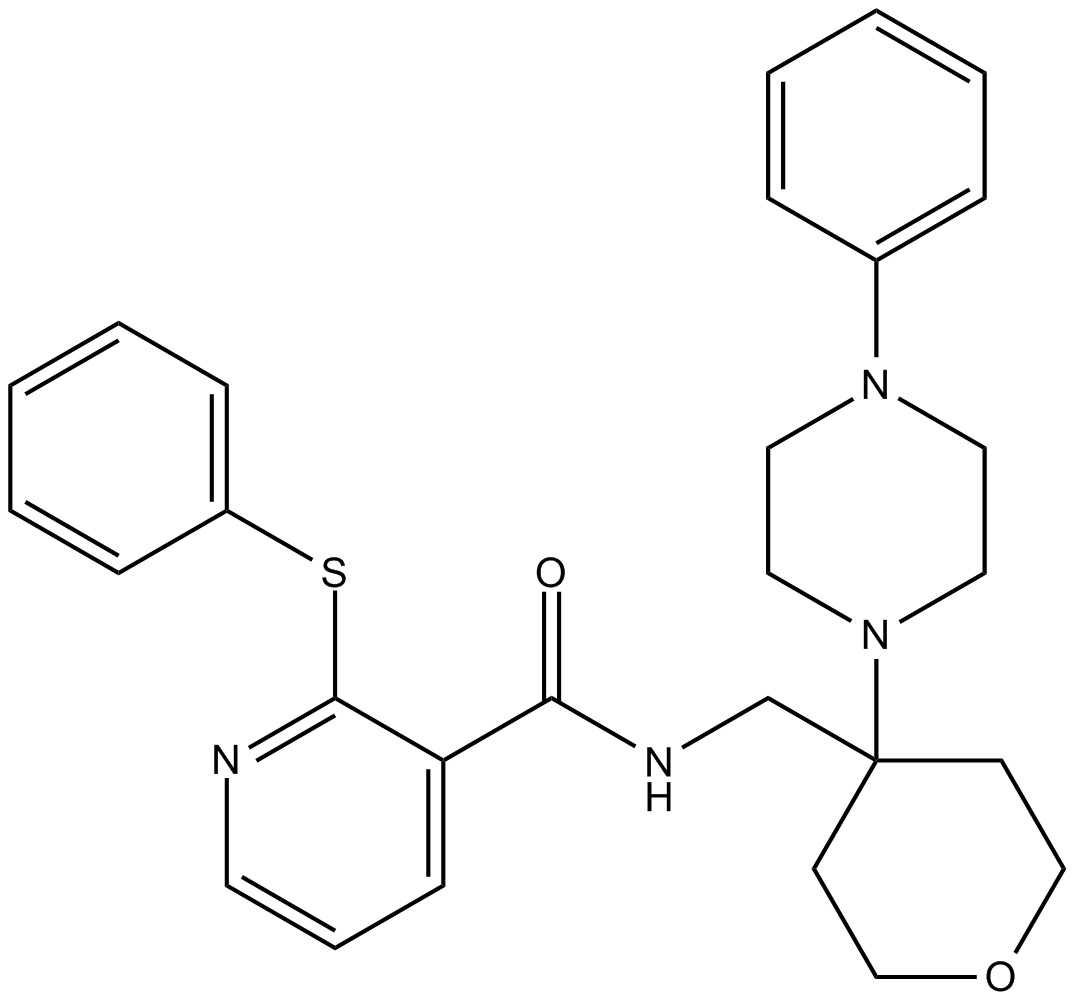 B8215 JNJ-47965567
B8215 JNJ-47965567 -
 B8305 Hydroxy Bupropion
B8305 Hydroxy Bupropion -
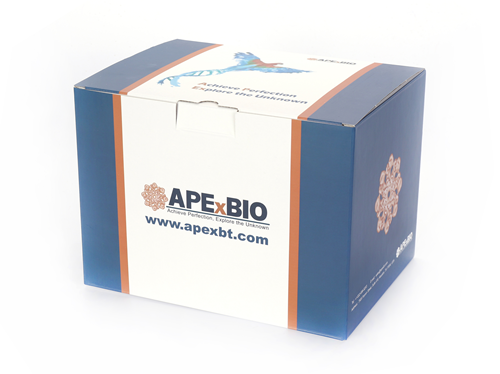 B8327 GSK2330672
B8327 GSK2330672


